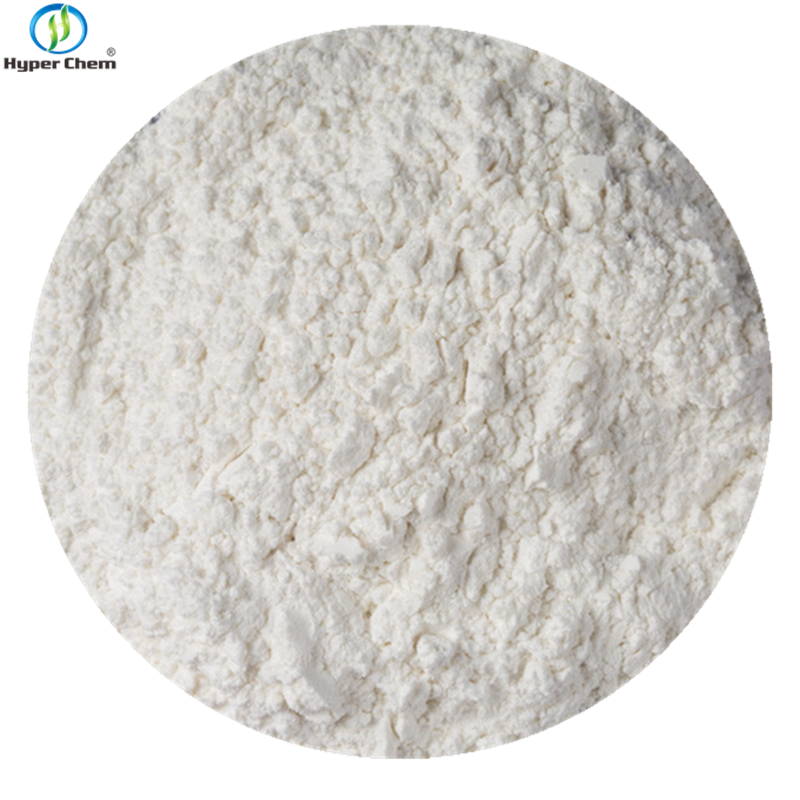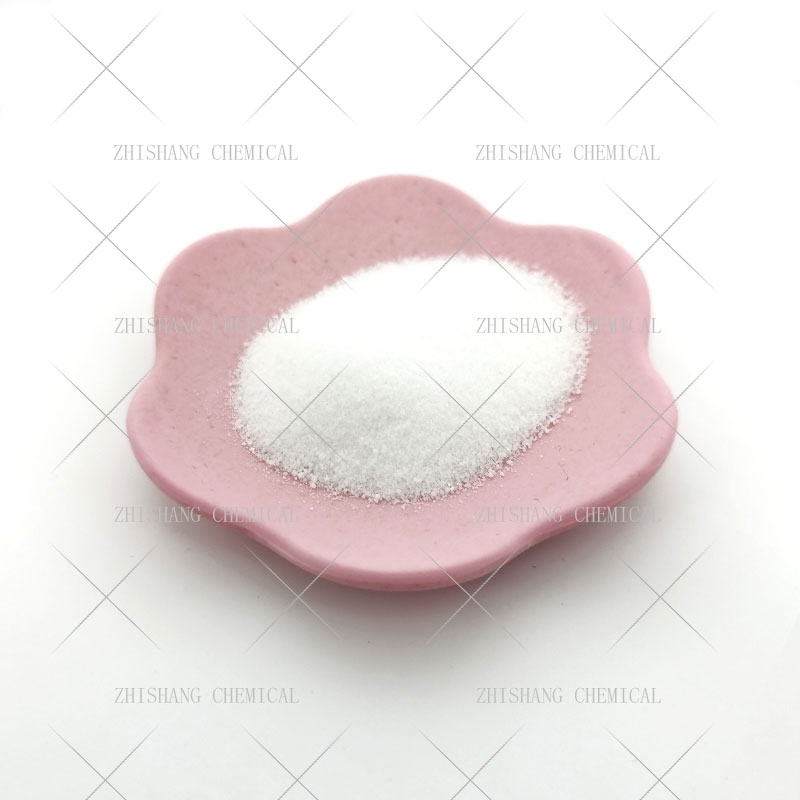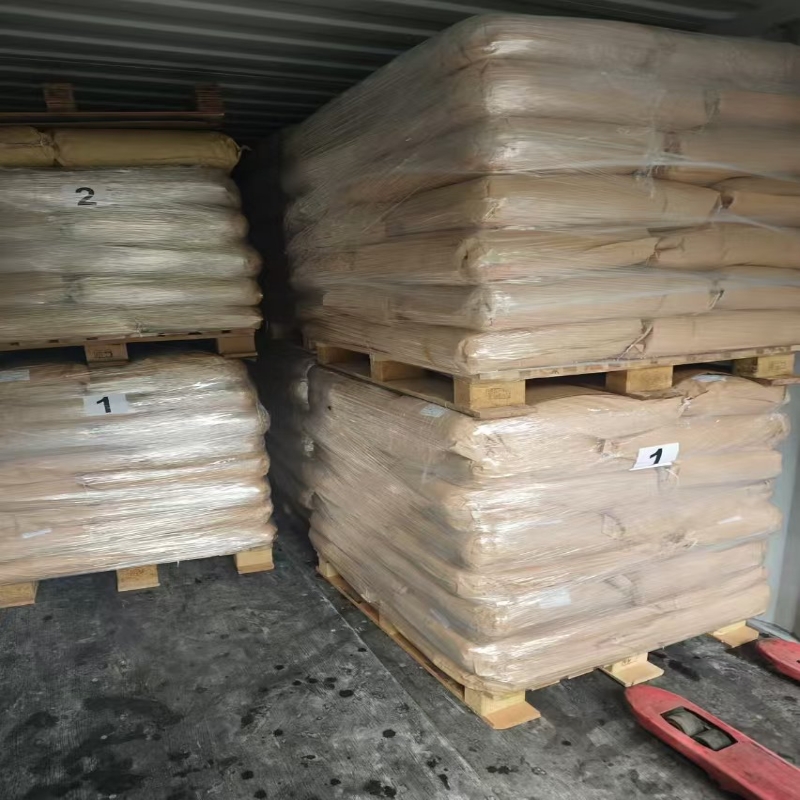-
Categories
-
Pharmaceutical Intermediates
-
Active Pharmaceutical Ingredients
-
Food Additives
- Industrial Coatings
- Agrochemicals
- Dyes and Pigments
- Surfactant
- Flavors and Fragrances
- Chemical Reagents
- Catalyst and Auxiliary
- Natural Products
- Inorganic Chemistry
-
Organic Chemistry
-
Biochemical Engineering
- Analytical Chemistry
-
Cosmetic Ingredient
- Water Treatment Chemical
-
Pharmaceutical Intermediates
Promotion
ECHEMI Mall
Wholesale
Weekly Price
Exhibition
News
-
Trade Service
Guide
The 23rd Annual Meeting of the American Society of Urologic Oncology (SUO) was held
in San Diego (San Diego) from November 30, 2022 to December 2, 2022.
Founded in 1984, SUO hosts the annual meeting as one of the world's most important uro-oncology events, providing a platform for the medical community to discuss malignant urological diseases and promote the development of
uro-oncology.
On the occasion of this conference, we have selected a study to evaluate the effect of PD-L1 and B7-H3 expression on the response of adjuvant chemotherapy in patients with bladder cancer for a sneak peek
.
Both PD-L1 and B7-H3 are overexpressed in bladder cancer (UC), and recent studies have shown that PD-L1 and B7-H3 promote platinum-based drug resistance, but the predictive value of B7-H3 expression in patients receiving platinum-based chemotherapy is unclear
.
To investigate the relationship
between tumor PD-L1 and B7-H3 expression and oncological outcomes in patients undergoing radical cystectomy (RC) and subsequent adjuvant chemotherapy.
The investigators performed immunohistochemical staining of paraffin-embedded sections of bladder and lymph node samples from 81 bladder cancer patients undergoing RC to detect the expression
of tumor cells PD-L1 and B7-H3 in primary tumor and lymph node samples.
Fisher's precision test, Kaplan-Meier survival curve, and Cox regression model were used to determine correlation with clinicopathological outcomes
.
The main indicators were overall survival (OS), recurrence-free survival (RFS), and tumor-specific survival (CSS).
The study found that expression of B7-H3 was more common than PD-L1 in bladderectomy samples (72.
8 versus 43.
2 percent).
These two tumor markers were not found to be associated
with tumor pathologic stage, lymph node status, and histologic subtype.
Similar results
were observed in double-positive (PD-L1+B7-H3+) tumors.
The trend of PD-L1 expression in 76.
2% of patients with primary tumors and matched lymph node samples was consistent, compared with 54.
1%
of patients with consistent expression of B7-H3.
Studies have shown that the expression of PD-L1 in tumor cells is not
related to the patient's oncological outcome.
However, B7-H3 expression was significantly associated with
a decrease in RFS (HR: 2.
38, 95% CI 1.
06-5.
31, p=0.
035) and CSS (HR: 2.
67, 95% CI 1.
18-6.
04, p=0.
019) in patients.
Figure 1 Correlation analysis of PD-L1 and B7-H3 expression with RFS, CSS and OS in patients
In this single-center study, B7-H3 was highly expressed in UC patients receiving adjuvant chemotherapy, which was significantly associated with
reductions in RFS and CSS.
B7-H3 expression may be a predictor of adjuvant chemotherapy response, aiding patient and treatment options, and warrants further validation
in larger cohort studies.
References
https://suo-abstracts.
secure-platform.
com/a/gallery/rounds/15/details/2130
This platform is designed to deliver more medical information
to healthcare professionals.
The content published on this platform cannot replace professional medical guidance in any way, nor should it be regarded as diagnosis and treatment advice
.
If such information is used for purposes other than understanding medical information, this platform does not assume relevant responsibilities
.
The content published by this platform does not mean that it agrees with its description and views
.
If copyright issues are involved, please contact us and we will deal with
it as soon as possible.







